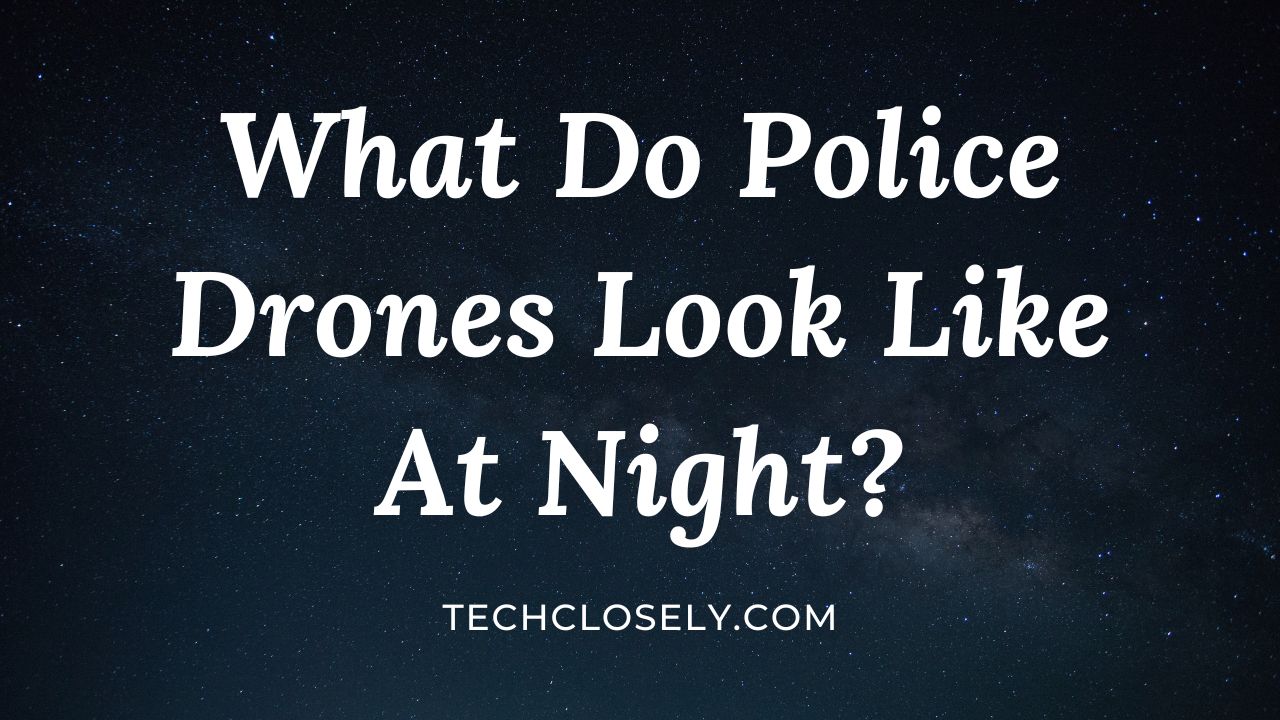As technology continues to advance, police departments around the world are increasingly turning to drones for a wide range of applications.
From search and rescue missions to crowd control and surveillance, drones are becoming an integral part of modern policing. But have you ever wondered what these unmanned aerial vehicles look like at night?
Equipped with advanced sensors and cameras, police drones are designed to operate in low-light conditions.
In this blog, we will explore the design, features, and appearance of police drones at night, as well as some of the concerns and limitations associated with their use.
What are Police Drones?
Police drones, also known as unmanned aerial vehicles (UAVs), are small, remote-controlled aircraft that are used by police departments and other law enforcement agencies for a variety of purposes.
Police drones are equipped with cameras, sensors, and other advanced technologies that allow them to capture aerial footage and gather information.
The use of police drones has become increasingly popular in recent years due to their ability to provide a bird’s eye view of a situation, which can be especially useful in emergency response situations.
For example, police drones can be used to find criminals, search for missing persons, monitor crowds during large events, and gather evidence during investigations.
In addition to their surveillance capabilities, police drones can also be equipped with other features such as loudspeakers, spotlights, and even weapons.
While controversial, these additional features can allow police departments to safely and quickly respond to a variety of situations, such as riot control or hostage situations.
However, the use of police drones has also raised concerns about privacy and civil liberties, as the use of aerial surveillance technology can infringe upon individual rights.
As a result, many jurisdictions have implemented regulations and guidelines for the use of police drones to ensure that they are used in a safe and responsible manner.
How To Spot A Police Drone At Night?
Identifying a police drone at night can be a challenge, as they are designed to be discreet and difficult to detect.
However, there are a few key features and characteristics to look out for that can help you spot a police drone at night:
Lights
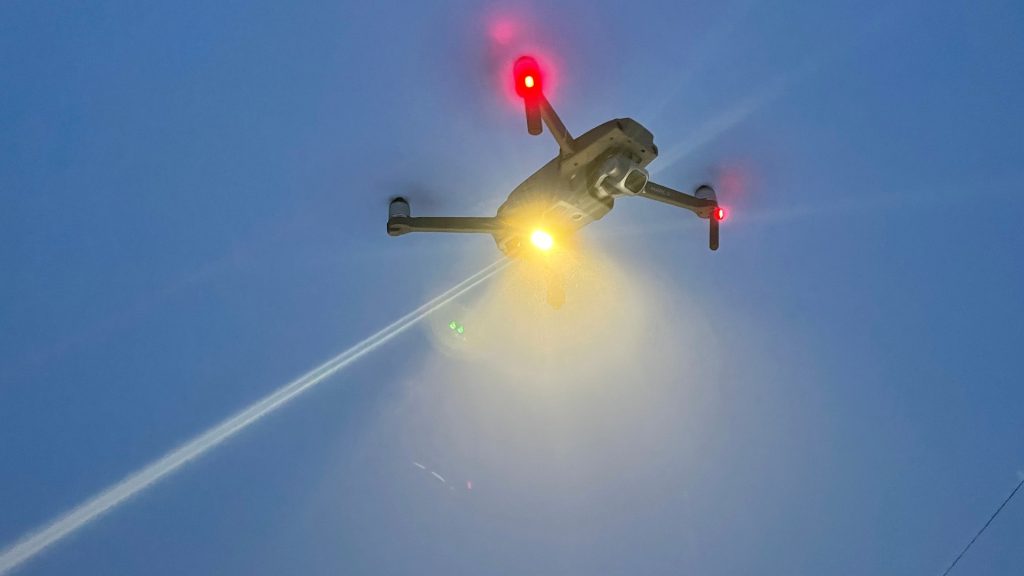
Most police drones are equipped with lights that allow them to be seen in low-light conditions. These lights may be white, red, or green and are often positioned on the front and back of the drone. You can easily spot police drones by seeing the light.
Sound
While police drones are relatively quiet, they still produce a distinctive buzzing or whirring sound that can be heard at close range.
Size and Shape
If you see drones flying over your house at night, you might want to see the size and shape of the drone to confirm it is a police drone.
Police drones are typically small and compact, with a body that is no larger than a few feet in length. They may also have a distinctive shape or design that sets them apart from other types of drones.
Behavior
Police drones are often used for surveillance or reconnaissance purposes, so if you notice a police drone flying over a particular area for an extended period of time, it may be a police drone.
However, the situation might be the opposite sometimes. Someone might try to spy on you, so you should be very careful.
Thermal Camera
One of the most effective ways to detect a law enforcement drone or police drone at night is to use a thermal imaging camera or an infrared camera. These cameras can detect the heat signature of the drone’s motor and battery, which produces a distinct glow that is visible at night.
By scanning the sky with a thermal or infrared camera, it is possible to detect the presence of a police drone and track its movements. You can use a thermal camera to spot a drone at night. For this, you will need thermal imaging device.
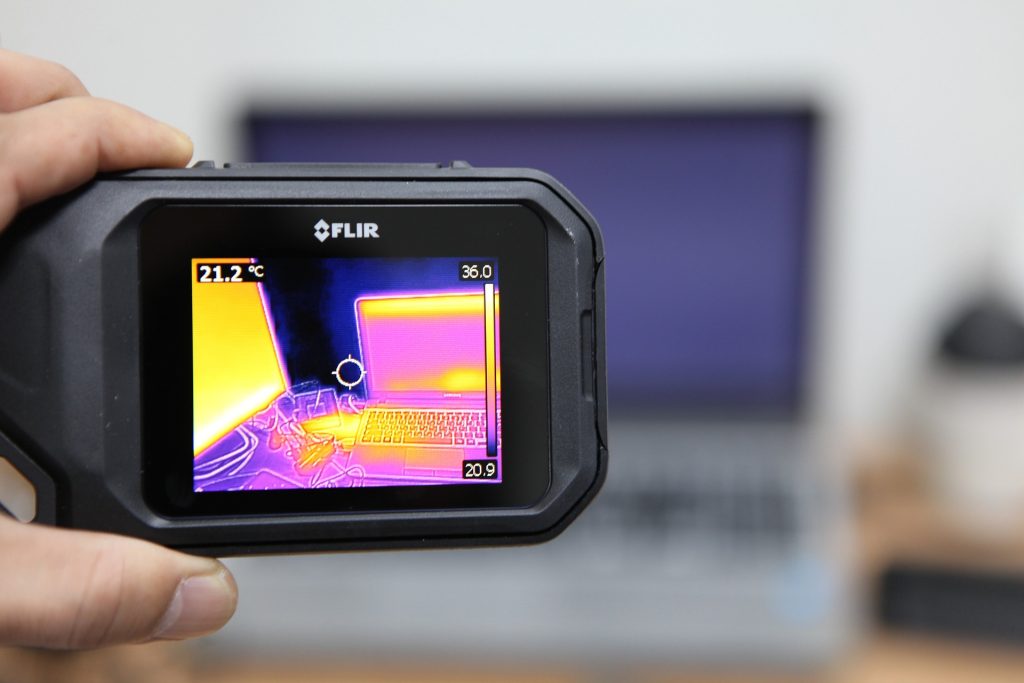
Propellers
Propellers provide the necessary lift and maneuverability to keep the drone airborne and allow it to perform its intended functions.
Sometimes police drones may have multiple propellers. The number of propellers can vary depending on the size and design of the drone.
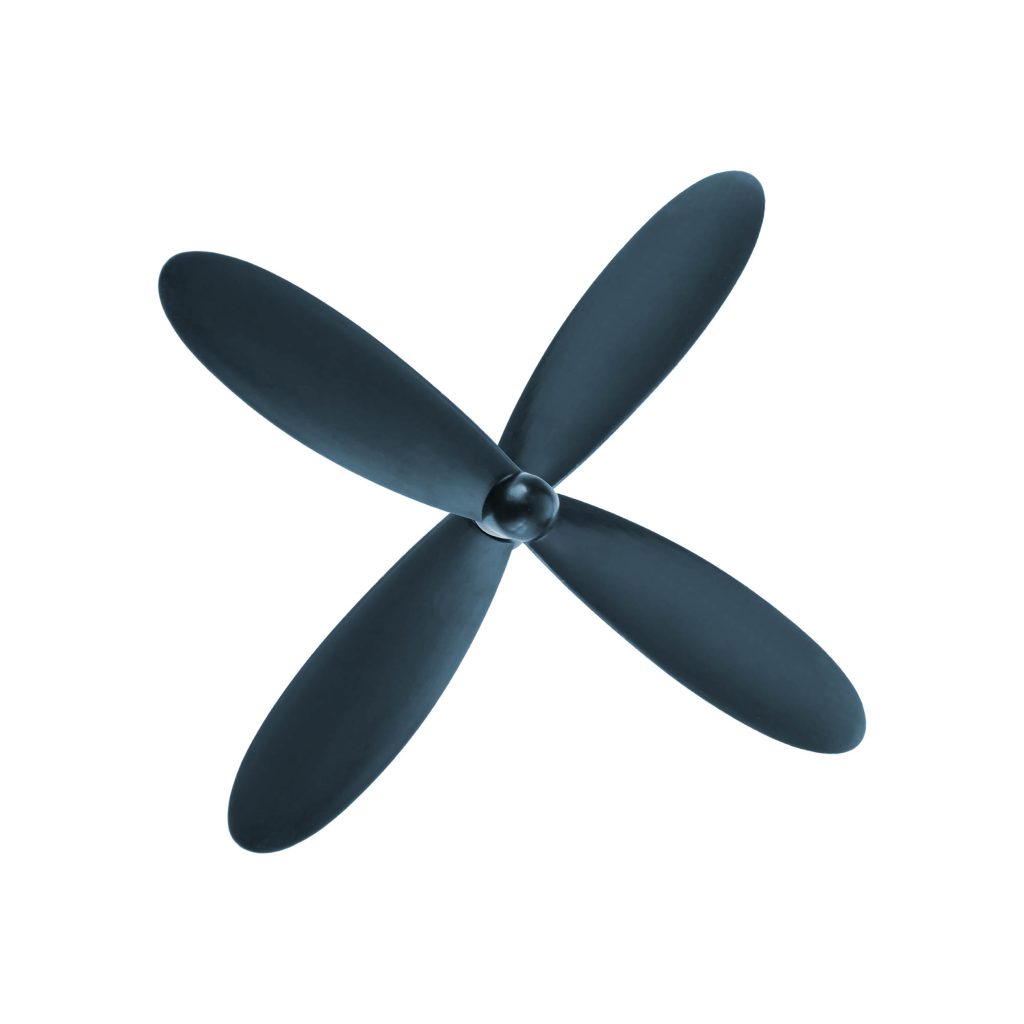
Some police drones have four propellers, while others have six or eight. Propellers in police drones can also be equipped with safety features such as guards that protect the blades and prevent injury in case of contact with a person or object.
How do Police Drones Work?
Police drones are remotely controlled aircraft that are equipped with cameras, sensors, and other advanced technologies. The drones are typically operated by a trained pilot on the ground who uses a remote control to fly the police drone and manipulate its camera and other features.
The drones are powered by batteries and can fly for a set period of time, depending on the type of drone and the battery capacity. The pilot controls the drone using a remote control, which sends signals to the drone and allows it to fly in different directions and at different altitudes.
In addition to remote control, some police drones are equipped with autonomous flight capabilities. This means that they can be programmed to fly a predetermined route or perform specific tasks without the need for direct input from a pilot.
Types of police drones
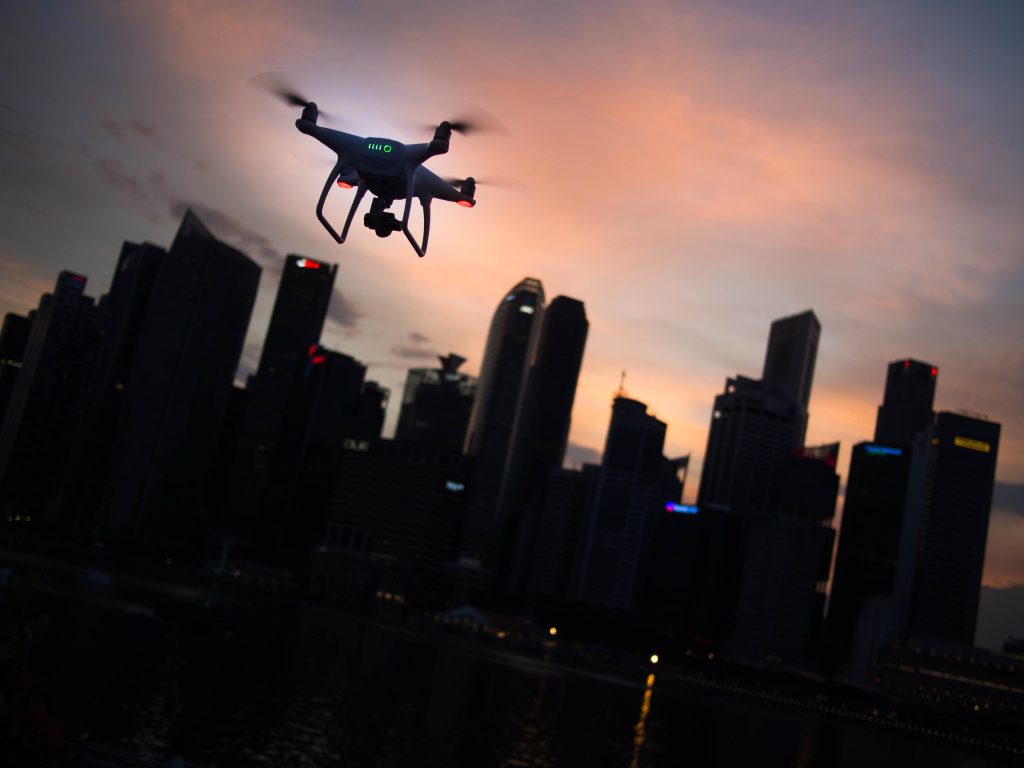
In appearance, there are several different types of police drones you might encounter.
Each of the drones has its own set of features and capabilities. The most common types of police drones include:
1. Fixed-wing drones
These drones are designed to resemble traditional airplanes and are typically used for long-distance surveillance missions.
2. Multi-rotor drones
These drones have multiple rotors that allow them to take off and land vertically. They are more maneuverable than fixed-wing drones and can hover in place, making them ideal for close-up surveillance.
3. Hybrid drones
These drones combine features of both fixed-wing and multi-rotor drones, offering the stability and long-distance capabilities of a fixed-wing drone with the maneuverability of a multi-rotor drone.
4. Tethered drones
These drones are connected to the ground by a cable, which provides power and communication capabilities. They are often used for surveillance in urban areas or at events where high-quality footage is required.
There are a lot of different types of police drones, and each type of police drone might come in different forms. The type of drone used will depend on the specific needs of the police department or law enforcement agency.
Why is Night Vision crucial for Police Drones?
Night vision technology is crucial for police drones for several reasons:
1. Low Light Conditions
Police drones are often used in low-light conditions, such as during nighttime operations or in areas with limited visibility. In such situations, the use of night vision technology is crucial to ensure that law enforcement officers can see and monitor the scene effectively.
2. Enhanced Situational Awareness
Night vision technology allows police officers to observe and monitor suspicious activities in real-time. This enhances situational awareness and allows police officers to respond quickly to any threats or criminal activity. This can help prevent crime and ensure public safety.
3. Search and Rescue Operations
Night vision technology can be used to locate missing persons or fugitives who may be hiding in dark or remote areas.
By scanning the area with infrared or thermal imaging cameras, law enforcement drones can detect body heat and movement, which can help to identify the location of the missing person or suspect.
4. Tactical Operations
During tactical operations, such as hostage situations or high-risk arrests, night vision technology allows law enforcement to maintain a tactical advantage in low-light conditions. It enables officers to monitor the area, identify potential threats, and coordinate their actions more effectively.
Night vision-equipped drones provide valuable situational awareness and can relay critical information to ground units, enhancing the overall success and safety of tactical operations.
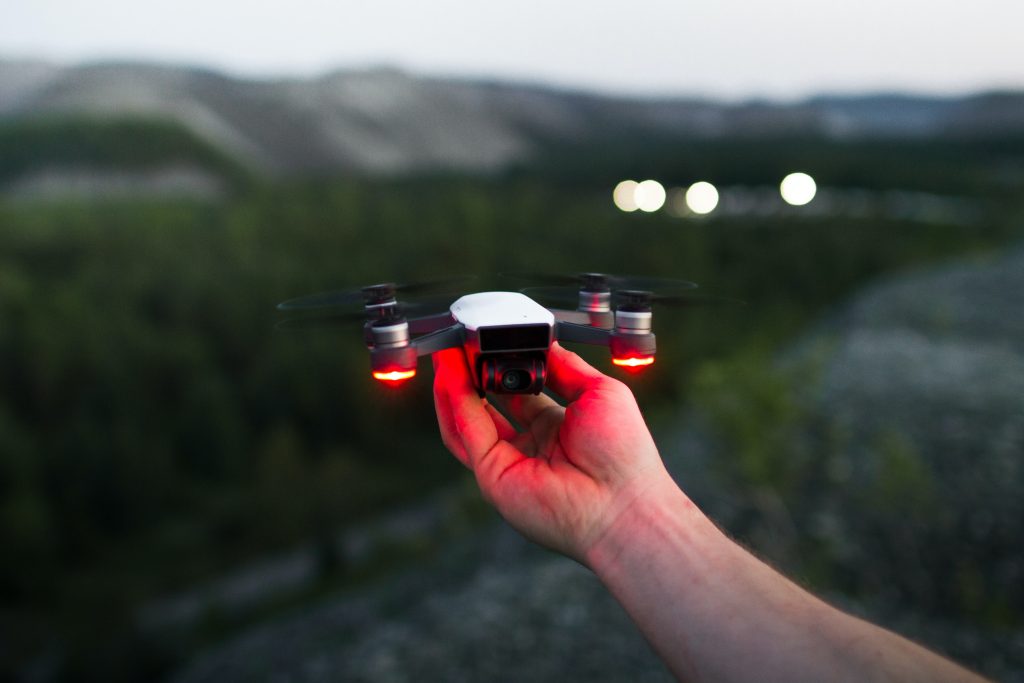
How does Night Vision Technology work in police Drones?
Night vision technology in police drones typically relies on various methods. Below are some of these:
Image Intensification
This method amplifies available light, including moonlight or ambient artificial lighting, to enhance visibility in low-light conditions. It works by capturing incoming light through a specialized lens and directing it onto a photocathode.
The photocathode converts photons into electrons, which are then accelerated and multiplied in number through a process called electron multiplication. The resulting intensified electrons are directed onto a phosphor screen that emits visible light, producing an enhanced image that can be viewed on display.
Infrared cameras
Infrared cameras work by detecting the infrared radiation emitted by objects, including those in the visible and non-visible spectrum. They are useful in low light conditions, as they can produce an image even in total darkness.
Infrared cameras are commonly used for surveillance and security purposes.
Thermal Imaging Cameras
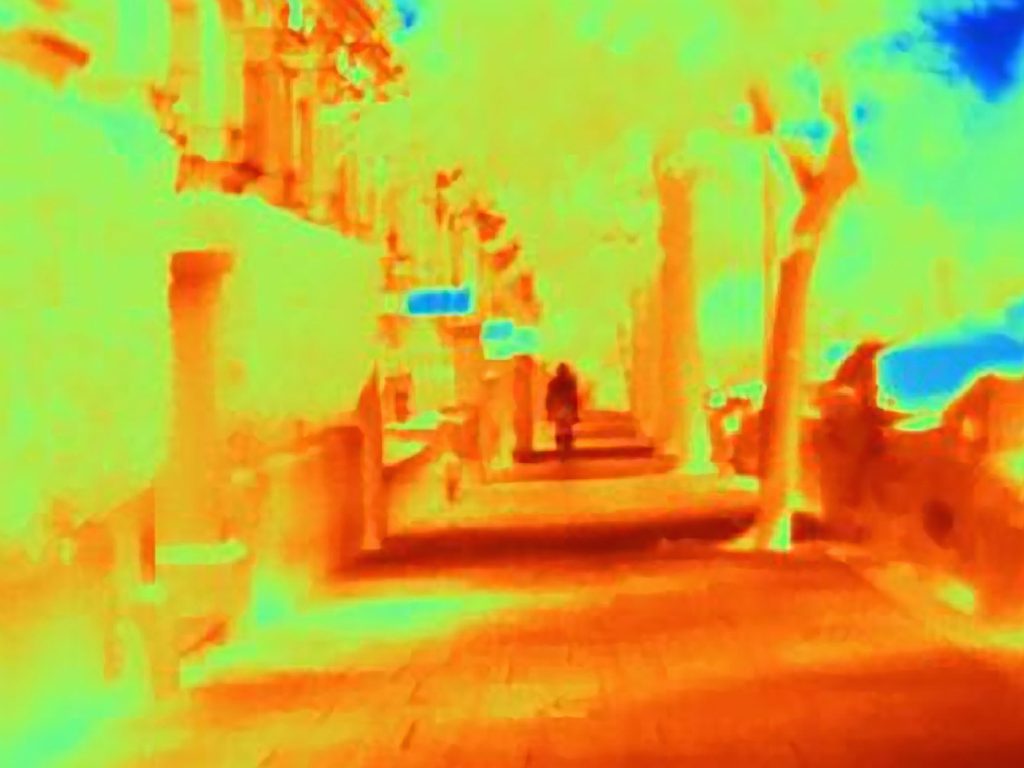
Thermal imaging cameras detect the heat energy emitted by objects and produce an image based on the temperature differences between objects and their surroundings. They are useful for detecting changes in temperature, such as those caused by a person or vehicle passing through a scene.
Thermal imaging cameras are commonly used in military and law enforcement operations, as well as in search and rescue and firefighting applications.
Display Technology
The resulting image from the infrared or thermal imaging camera is typically displayed on a monitor or headset worn by the drone operator. This allows the operator to see the scene in real-time and respond quickly to any threats or criminal activity.
So, night vision technology is crucial for police drones as it allows officers to operate effectively in low light conditions, enhances situational awareness, and can be used in search and rescue and emergency situations.
The use of infrared and thermal imaging cameras in police drones allows officers to detect and respond to criminal activity quickly, ultimately ensuring public safety.
Conclusion
In conclusion, police drones equipped with night vision technology have become an increasingly valuable tool.
The ability to monitor criminal activity from the air at night can enhance public safety and improve the efficiency of law enforcement operations.
The ability of night vision technology to see in low-light conditions is one of the most significant benefits of police drones.
However, this technology also raises concerns regarding the potential invasion of privacy, the misuse of technology, and technical limitations.
Legal and ethical considerations must also be taken into account when using police drones equipped with night vision.
Despite the concerns and limitations, the use of police drones with night vision technology has the potential to enhance public safety and improve law enforcement operations.
With proper regulation and responsible use, the benefits of this technology can be realized while respecting individual privacy and civil liberties.
In conclusion, while police drones equipped with night vision technology may look different from traditional drones, their value as a tool for law enforcement agencies is undeniable.
As the technology continues to develop and improve, it is essential to address concerns and limitations to ensure its responsible use in promoting public safety.

